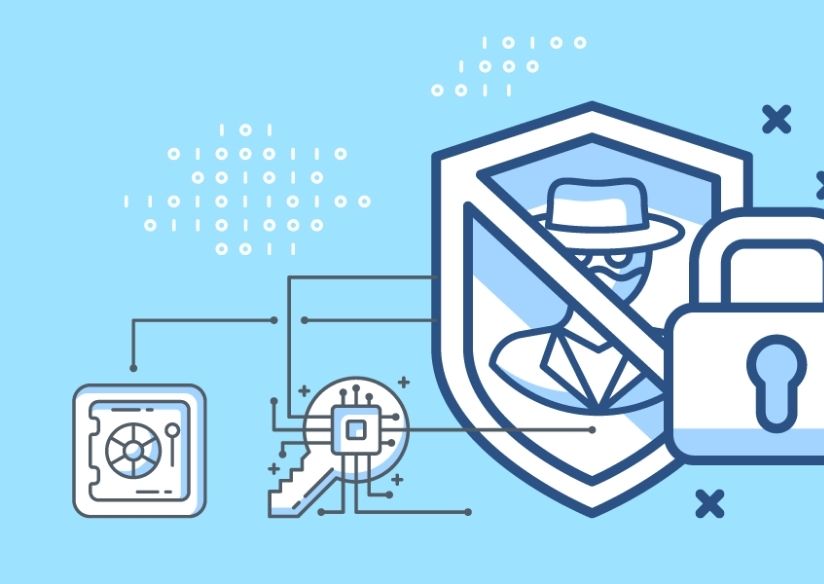Tons of banking institutions fear that digital banking services will lead to unmanageable expenses and also increase the rate of online account opening fraud. But the truth is with the right digital tools and ideal implementation, banks and other financial institutions can reduce their chances of going through fraud. That’s not all, the right implementation of technology can improve customer experience and customer onboarding.
For community banks and credit unions, digital methods are the simplest and most cost-effective way to deliver financial services. More and more customers are switching to digital payment methods. Banks need to employ better technology to keep up with the demands of the customer. Technologies like “online document technology” can help in reducing friction during customer onboarding and reduce the risk of future financial fraud.
Even though online banking and digital account opening can make customers and institutions susceptible to online fraud. More digital activities provide banks with better behavioral data which can help them mitigate risks. Most online fraud can be prevented with ideal data analytics, online tools, and risk management regulations.
Difference Between Physical Fraud and Digital Fraud
Digital fraud usually follows the same procedure as in-person fraud, many cybercriminals use the same strategies used by in-person scammers. One of the biggest examples of that is “check-kiting” which is a common way to access unauthorized credit by writing physical checks. This second checking account can withdraw money before the check bounces, using this tactic, criminals can withdraw a huge sum of money if the activity goes unnoticed by banks.
Check to kite can also happen in digital banking channels such as ACH transactions. Individuals or organizations that specialize in scams can bill companies for huge amounts, extending their line of credit while waiting for the bill to be processed. Unlike in-person check kiting, ACH kiting can be prevented by institutions by putting a hold on the transaction. Although this can result in poor customer experience unfortunately there is no other way to distinguish between authentic and inauthentic transactions.
While the risks for financial crime in digital channels are at an all-time high, the tools for fraud detection and prevention are also growing. Banks that offer digital transactions can have the option of setting up real-time transaction monitoring. By using machine learning and data analytics-based services, banks and financial institutions can monitor suspicious activities.
By using more comprehensive tools, banks can improve their chances against fraud. Banks need to employ a better transaction review process and put suspicious transactions on hold.
Key Method of Effective Fraud Prevention
One of the most common misconceptions for fraud prevention is that banks and credit unions can use an all-in-one fraud detection and prevention system to improve their chances. Banks need to optimize identity and document verification systems for better fraud detection and digital transaction monitoring systems for fraud prevention. To completely protect against fraud, banks need to rely on multiple services with each of them offering protection in certain areas.
The first fight against fraud prevention and detection is verifying customer identities by verifying documents. Technologies like DIRO’s online document verification technology can verify documents in real-time and reduce the risk of future fraud. The utilization of DIRO’s document verification technology can improve the overall KYC/AML compliance and reduce potential risks. DIRO captures web information right from the original web source, and it offers strong proof of authentication for verified documents.
Fraud Prevention and Customer Experience
Relying on multiple security solutions can be both expensive and time-consuming. When it comes to managing risk effectively, banks and financial institutions will need to do some trade-offs. A financial institution can improve its risk management by losing a positive customer experience. Frau prevention and customer experience go hand in hand. Digital banking customers are open to provide personal information but that is up to a certain degree. If a bank or financial institution ends up asking for extra sensitive information, they may end up losing customer trust. The key to ideal fraud prevention is by balancing customer experience with risk mitigation.
To offer the best digital services while managing risks, banks need to utilize the right tools and technological solutions. Most banks require that users provide them with driver’s license number or a photo of their license for identity verification. According to research, every additional information requirement will increase the chances of a dull account opening fraud process. Asking customers for driver’s license information will increase the drop-out rate by 15% while reducing fraud by just 1%. Asking for a driver’s license photo will have even more adverse effects. Banks and financial institutions need to verify this data to find the balance between fraud prevention and customer experience.
